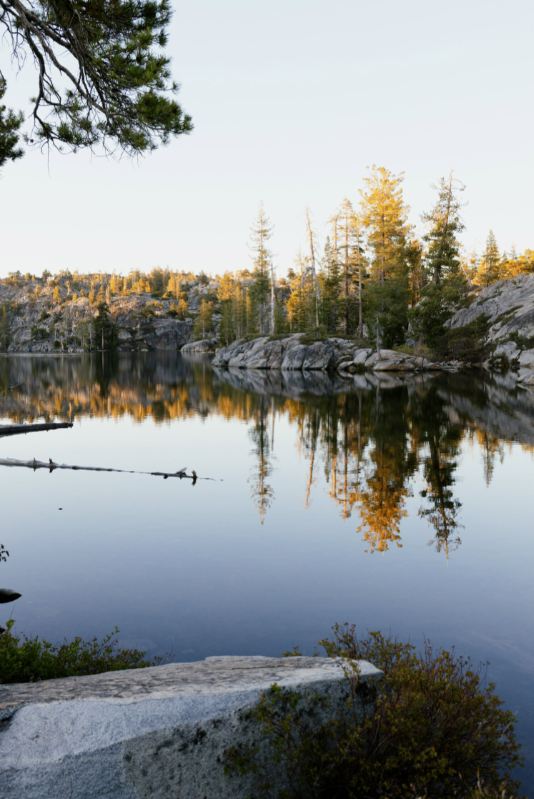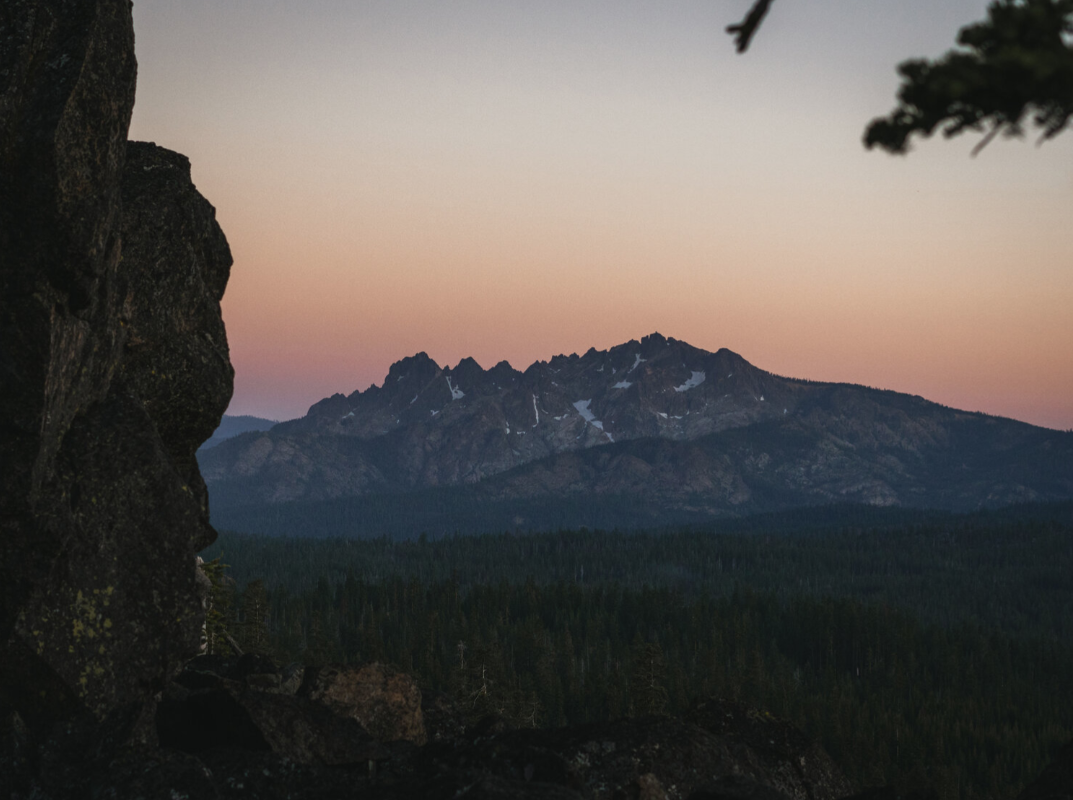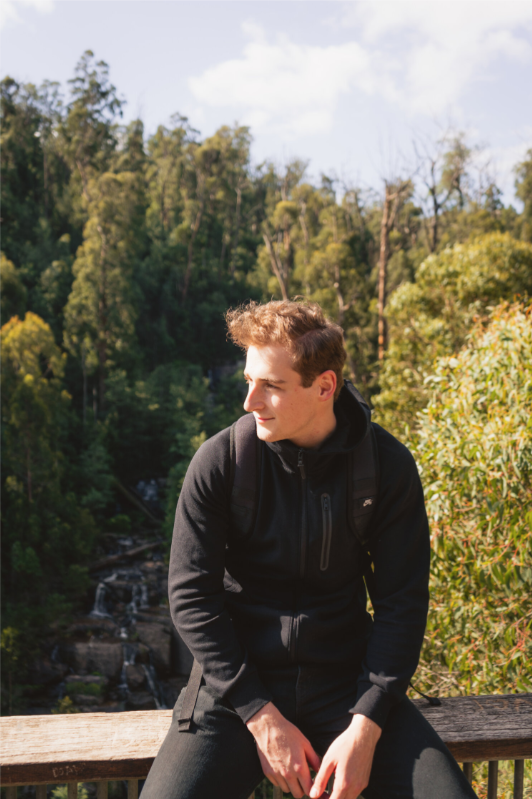Photography 101
Understanding Light: The Key to Exceptional Photography
Photography is often described as the art of capturing light. The way you use and manipulate light can dramatically impact the quality and mood of your photographs. In this blog post, we will explore various types of light, their characteristics, and how to harness their potential to create stunning images.
The Golden Hour
The Golden Hour is a magical time just after sunrise and before sunset when the sunlight is soft, warm, and casts long shadows. This unique quality of light is highly sought after by photographers because it adds depth and dimension to images and flatters subjects with its gentle, diffused glow. Make an effort to shoot during the Golden Hour to take advantage of this enchanting light and elevate your photography.
Example of a photo taken during golden hour.
The Blue Hour
The Blue Hour occurs shortly before sunrise and just after sunset, when the sky transitions from deep blue to black. This captivating light creates a serene and mysterious atmosphere, perfect for cityscapes, landscapes, and even portraits. Experiment with long exposures during the Blue Hour to capture the subtle nuances of color and light.
Example of a photo taken during blue hour.
Hard Light vs. Soft Light
Hard light is direct and intense, creating sharp shadows and high contrast in images. It often results from bright, midday sunlight or artificial sources like a bare flash. While hard light can be challenging to work with, it can also produce striking, dramatic images when used intentionally.
Soft light, on the other hand, is diffused and even, creating gentle shadows and a lower contrast. Soft light is more flattering for portraits and is generally easier to work with. You can find soft light on cloudy days, in shaded areas, or by using light modifiers such as a softbox or umbrella.
An example of hard, direct sunlight across somebodies face.
An example of soft, glowing light evenly lighting the subject.
Direction of Light
The direction from which light falls on your subject can significantly impact the mood and depth of your images. Here are some common light directions and their effects:
Front Lighting: Light comes from behind the photographer, illuminating the subject evenly. Front lighting is straightforward and can create clear, well-lit images but may lack depth and interest.
Side Lighting: Light comes from one side of the subject, creating shadows and highlights that add depth and dimension. Side lighting is excellent for emphasizing textures and revealing form.
Backlighting: Light comes from behind the subject, creating a silhouette or halo effect. Backlighting can be challenging but can produce stunning, dramatic images when executed correctly.
Top Lighting: Light comes from above the subject, creating strong shadows and high contrast. Top lighting can be harsh but may work well for specific creative purposes. This is common when shooting during midday.
I encourage you to google results for portraits with each of these lighting styles to get a better idea of how they are used.
Using Light Modifiers
Light modifiers are essential tools for photographers looking to control and shape light. Generally, these are used in portrait and product photography where you have greater control over your environment. Common light modifiers include:
Reflectors: Bounce and redirect light onto your subject to fill in shadows or add a catchlight.
Diffusers: Soften and scatter light, reducing harsh shadows and creating a more flattering illumination.
Softboxes and Umbrellas: Create a larger, more diffused light source that mimics the softness of natural light.
An example of some of the lighting modifiers.
Conclusion
Understanding and mastering light is crucial for exceptional photography. By recognizing the unique characteristics of different types of light and learning to manipulate them effectively, you can create compelling images that evoke emotion and tell a story. As with any skill, practice is key. Experiment with various lighting scenarios, light modifiers, and techniques to develop your own unique approach to capturing light. Don't forget to share your progress on my Instagram page linked in the top right, and happy shooting!





